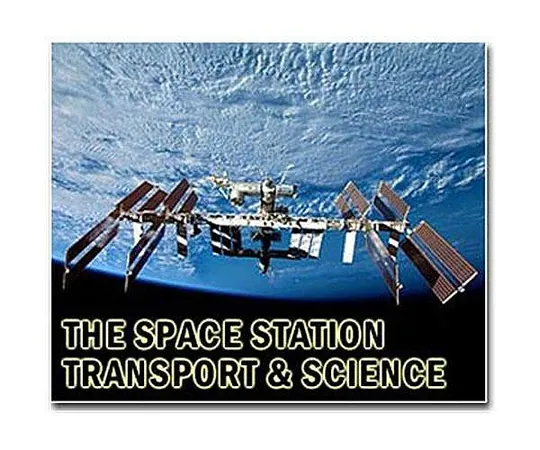
Groundbreaking Experiment in Space: How Microgravity Affects Microbial Gene Transfer
2025-06-02
Author: Noah
Revolutionizing Microbial Research in Space!
In a remarkable leap for science, the Sysoeva Lab at The University of Alabama in Huntsville (UAH) sent samples to the International Space Station (ISS) on April 21 at 4:15 AM EDT, as part of NASA's SpaceX CRS-32 mission. This thrilling endeavor is part of the GEM-B2 experiment, which focuses on the fascinating ways microgravity influences gene transfer among microbes.
Combatting Biofilm Threats on the ISS
Led by innovative researchers Dr. Yo-Ann Velez Justiniano and Dr. Tanya Sysoeva, this groundbreaking project seeks to tackle the persistent problem of biofilms aboard the ISS. These slimy bacterial colonies can block essential water systems and pose serious risks to astronaut health. By exploring the process of bacterial conjugation—where DNA is exchanged between bacteria—the team aims to unlock crucial insights into the spread of antimicrobial resistance.
A Collaborative Effort with NASA and Beyond
The mission is a multi-institutional initiative that includes NASA's Marshall Space Flight Center (MSFC), Texas State University, and the University of Colorado Boulder. Jonathan Wilson from NASA MSFC heads the team under a grant from the POLARIS Program, leading the charge in understanding how microgravity alters gene transfer. The UAH scientists meticulously selected bacterial strains and plasmids to ensure accurate measurements of gene transfer differences between Earth’s gravity and the ISS.
The Science of Survival in Space
As researchers delve into critical factors like bacterial viability and transport conditions, the implications are dramatic. "Conjugative plasmids are pivotal for spreading antibiotic resistance, impacting human health globally," says Sysoeva, emphasizing the importance of this research not just for space but for the Earth's biosphere as well. The goal of GEM-B2? To pioneer bioremediation techniques that may prevent biofilm formation in water systems, significantly enhancing the sustainability of space habitats, including future lunar endeavors.
Mock Trials Bringing Space Closer to Earth
Before launching into space, the Sysoeva Lab conducted mock trials on Earth to replicate ISS conditions precisely. These trials are crucial for ensuring that their findings can be successfully transitioned to the unique environment of space.
Inspiring the Next Generation of Space Scientists
Ph.D. students like Elanie Briggs and Amy LeBleu-DeBartola share a passion for space exploration that is palpable. "I feel like I’m helping to push the limits of space biology," reflects Briggs, connecting her childhood memories of stargazing with her groundbreaking work today. LeBleu-DeBartola, who has been captivated by space for almost two decades, considers her role in the ISS payload project a dream come true.
The Future of Space and Microbial Research
As the GEM-B2 experiment unfolds, the results could reshape our understanding of microbial life in space and its implications for Earth's health. Could this be the breakthrough that revolutionizes bioremediation strategies in isolated environments? Only time and research will tell!

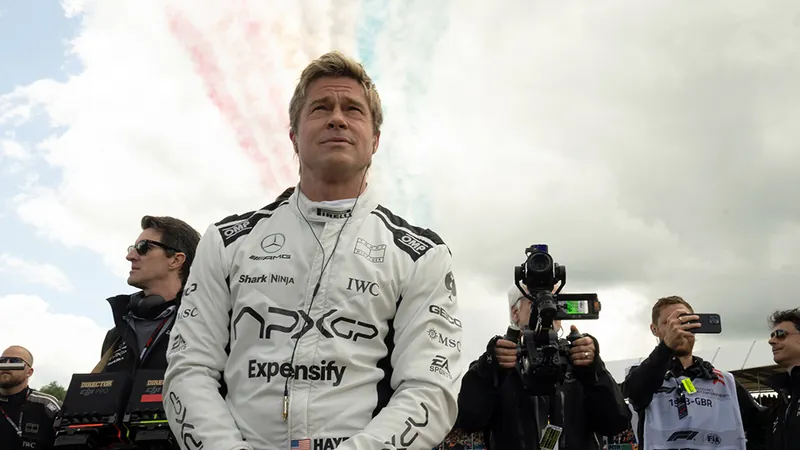
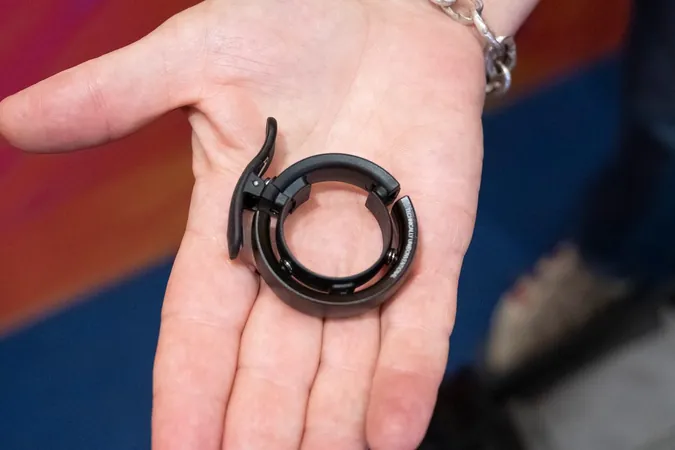
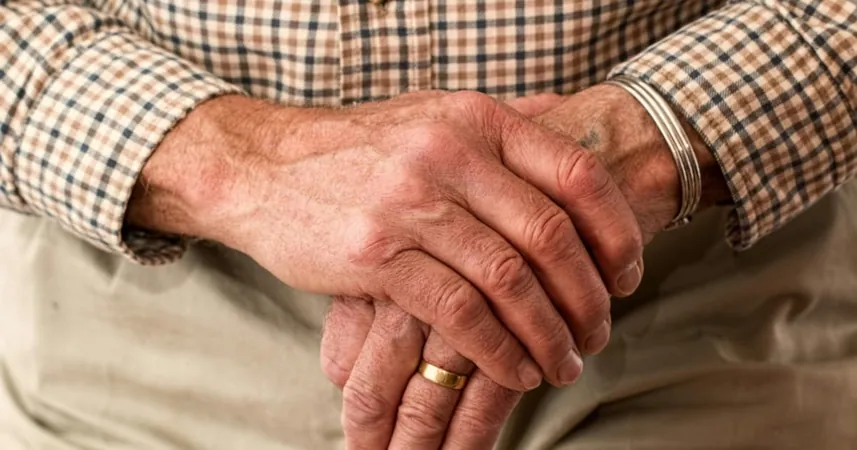


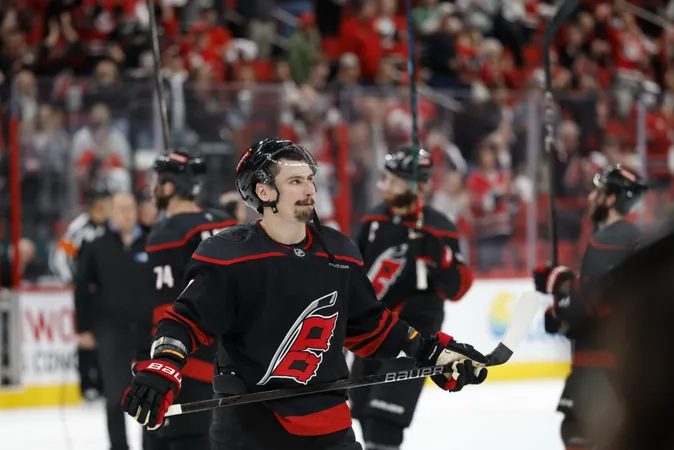

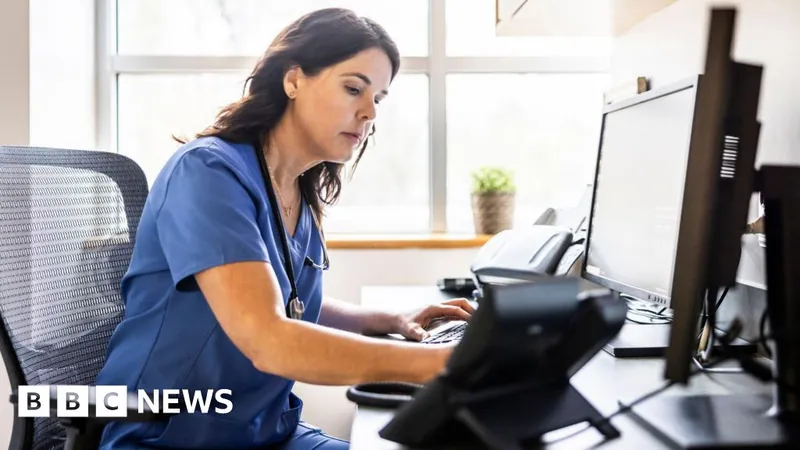
 Brasil (PT)
Brasil (PT)
 Canada (EN)
Canada (EN)
 Chile (ES)
Chile (ES)
 Česko (CS)
Česko (CS)
 대한민국 (KO)
대한민국 (KO)
 España (ES)
España (ES)
 France (FR)
France (FR)
 Hong Kong (EN)
Hong Kong (EN)
 Italia (IT)
Italia (IT)
 日本 (JA)
日本 (JA)
 Magyarország (HU)
Magyarország (HU)
 Norge (NO)
Norge (NO)
 Polska (PL)
Polska (PL)
 Schweiz (DE)
Schweiz (DE)
 Singapore (EN)
Singapore (EN)
 Sverige (SV)
Sverige (SV)
 Suomi (FI)
Suomi (FI)
 Türkiye (TR)
Türkiye (TR)
 الإمارات العربية المتحدة (AR)
الإمارات العربية المتحدة (AR)